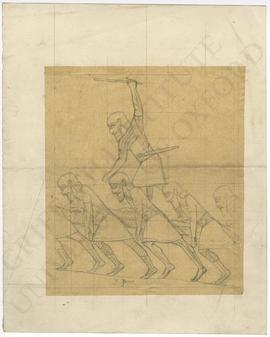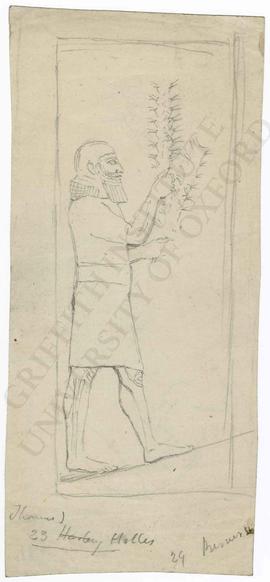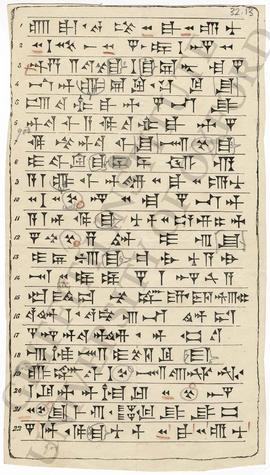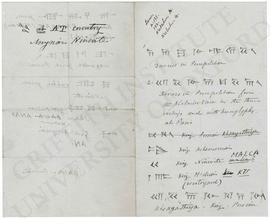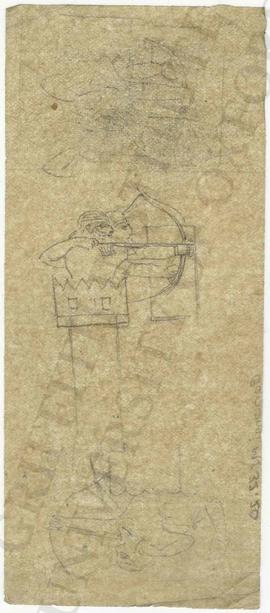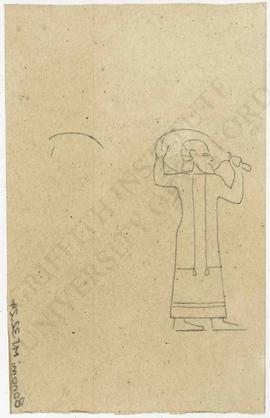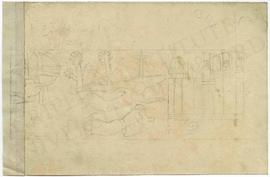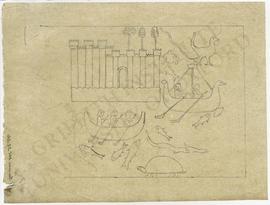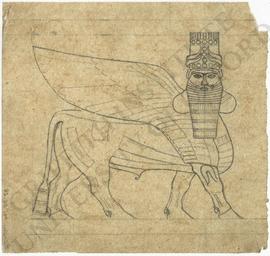- Bonomi MSS 3.6
- Item
Part of Joseph Bonomi Collection
[Upper] Top and side views of knob inscribed with the cartouches of Amenhotep III, not identified, with measurements; [lower] sketch of a box, not finished:
- ink (blue and black) drawings and pencil sketch on paper
- loose
- 20.7 x 22.6 cm
- [on drawing] '1 " 9/10' (black ink note)
- [on drawing] '1 " 6/10' (black ink note)
![[Upper] Top and side views of knob inscribed with the cartouches of Amenhotep III, not identified...](/uploads/r/null/a/5/1/a513c73edfa7975d89a9f70fc5b338bdf396a41d7cf1a028710aba5fc6d42755/Bonomi_03_06_res600ppi_142.jpg)
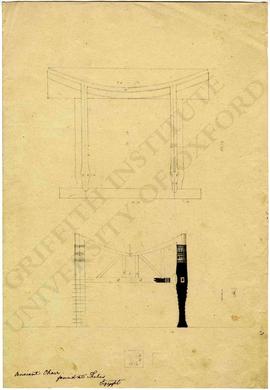



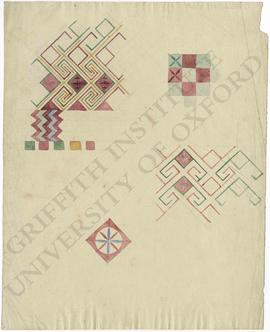
![[Upper left] sketch of inscribed metal vase, with copy of inscription, not identified; [lower lef...](/uploads/r/null/0/8/7/0879cd6492aa6fe41a86da09108999a915c921c4c32ed93c3207446a2af0288a/Bonomi_03_26_res600ppi_142.jpg)



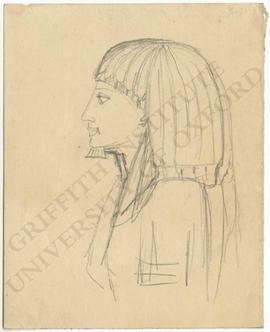
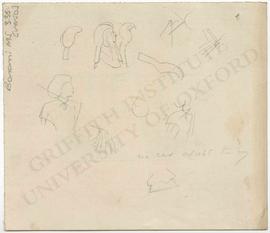
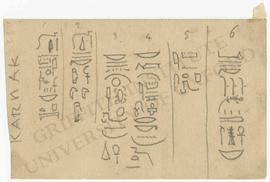
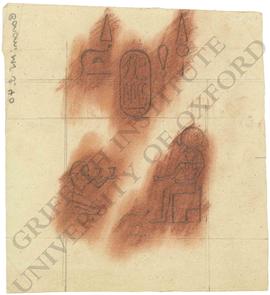
![[Left] Egypt. Brick-stamp bearing the name of a king Amenhotep, wood, provenance not known, now i...](/uploads/r/null/9/c/4/9c4e27ff05a33deb783e83717c86f12f3fc400726005447f46412461ae035747/Bonomi_03_42_res600ppi_142.jpg)

![Mace Journal [1898 to] 1899](/uploads/r/null/b/5/5/b55b9d64b3af986aa18ed665eb39347ca9b9262e8fa2fbcc437639a37e5fdb53/Mace_MSS_1_142.jpg)
